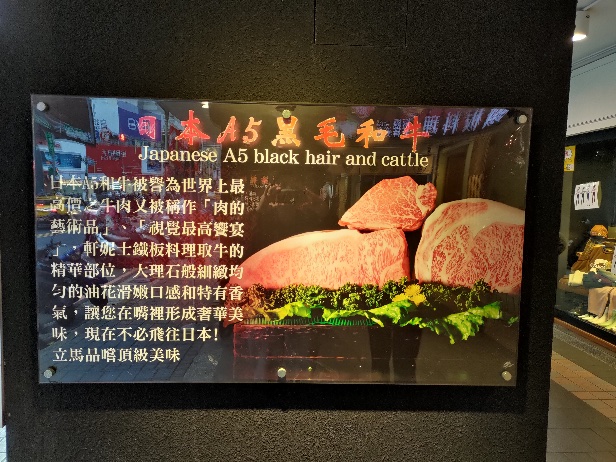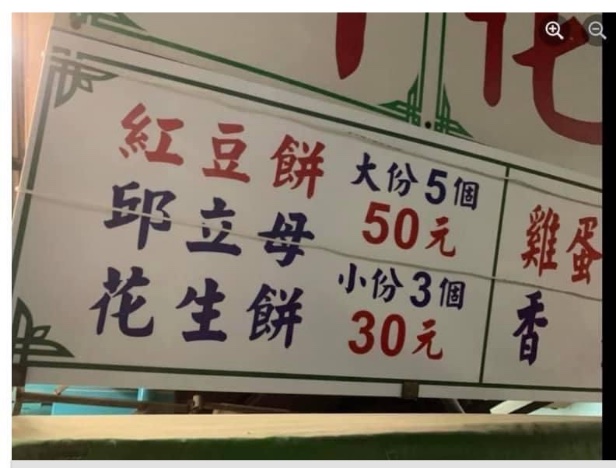In "Fly High, Frog Princess! Well Done, Chen No. 3! The world’s most popular Olympians are household names. But to Chinese fans who delight in creating nicknames, they’re different characters entirely", Andrew Keh and John Liu (NYT, 2/15/22) highlight some of the affectionate monikers that have been applied to athletes at the Beijing Winter Olympics. Here I extract several of the favorites:
Chén Sān 陈三 ("Chen No. 3") = Nathan Chen (figure skater), three-time World champion, three-time Grand Prix Final champion.
[This nickname] requires some understanding of international figure skating history. In the eyes of Chinese skating fans, he is the third prominent skater from North America with the Chinese surname Chen, which, in English, can also be spelled Chin, Chan or Tan, depending on the original dialect. Before him came Tiffany Chin, who was the U.S. national champion in 1985, and Patrick Chan, the 2018 Olympic gold medalist from Canada.
Chen's Chinese name is Chén Wēi 陈巍; some fans call him “Tigger” (Tiàotiào hǔ 跳跳虎), using the Chinese translation for the Winnie the Pooh character.
Read the rest of this entry »






